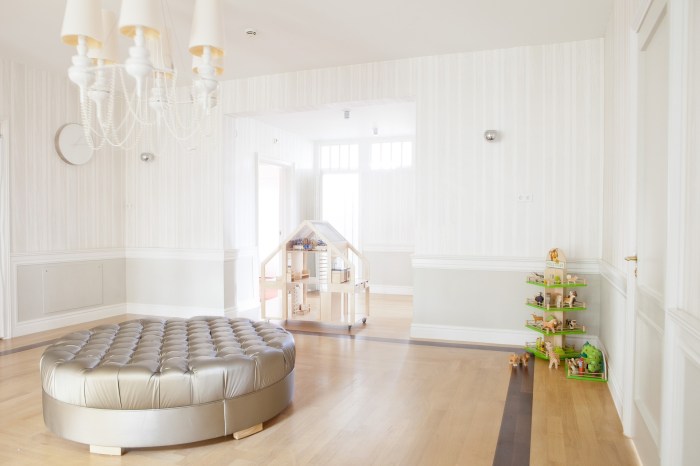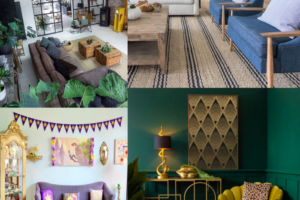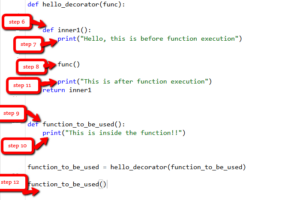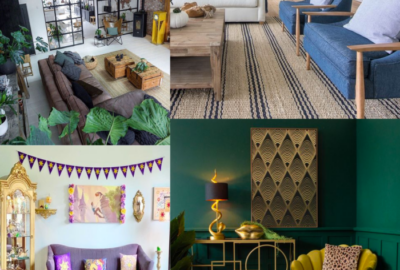How Often Should You Decorate Your Home?
Factors Influencing Decoration Frequency
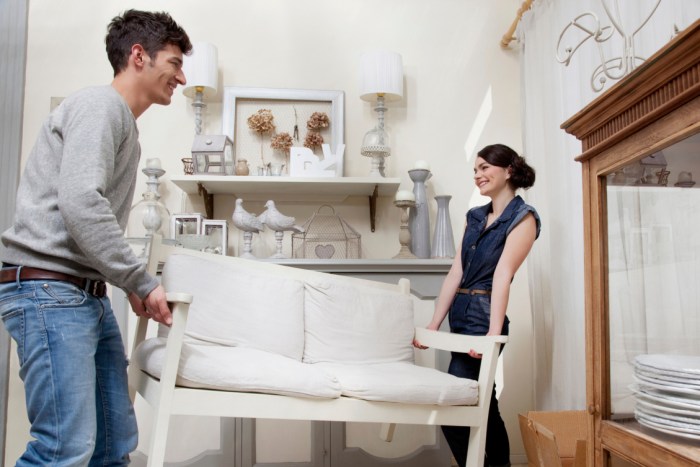
How often should you decorate – The frequency with which people decorate their homes is influenced by a variety of factors, ranging from their lifestyle to their personal preferences and financial constraints. While some individuals may choose to redecorate every few years, others may only do so once a decade or even less often.
Lifestyle
Lifestyle plays a significant role in determining how often someone decorates. Busy professionals, for example, may have limited time and energy to devote to home decorating projects, leading them to redecorate less frequently. In contrast, stay-at-home parents may have more time and flexibility to undertake home improvement projects, resulting in more frequent redecorating.
While there’s no magic number for how often to redecorate, a good rule of thumb is every 5-7 years. This allows for trends to evolve and your personal style to change. If you’re feeling overwhelmed by the prospect of a complete overhaul, consider hiring a professional decorator to guide you.
Check out this article on how much to hire a decorator to get an idea of costs. Ultimately, the frequency of redecorating should be driven by your budget and personal preferences.
- Busy Professionals:Busy professionals often prioritize their careers and personal lives, leaving less time and energy for home decorating. They may opt for a more minimalist approach to decorating, focusing on functional and stylish pieces that require minimal maintenance.
- Stay-at-Home Parents:Stay-at-home parents typically have more time and flexibility to dedicate to home decorating projects. They may be more likely to experiment with different styles and trends, leading to more frequent redecorating.
Personal Preferences and Aesthetics
Personal preferences and aesthetics are also major drivers of decoration frequency. Individuals who are passionate about interior design and constantly seek to update their spaces may redecorate more frequently. On the other hand, those who are content with their current decor may only redecorate when necessary, such as when furniture becomes worn or outdated.
- Interior Design Enthusiasts:Individuals who are passionate about interior design often enjoy experimenting with different styles and trends. They may redecorate frequently to keep their homes fresh and updated.
- Content with Existing Decor:Some individuals are perfectly content with their current decor and may only redecorate when necessary, such as when furniture becomes worn or outdated. They may prioritize functionality over aesthetics, focusing on creating a comfortable and practical living space.
Budget Constraints
Budget constraints play a significant role in determining how often someone decorates. Individuals with limited financial resources may redecorate less frequently, opting for smaller, more affordable updates. Conversely, those with larger budgets may be able to redecorate more often, investing in high-quality furniture and decor.
- Limited Budget:Individuals with limited financial resources may prioritize functionality over aesthetics, opting for affordable furniture and decor. They may choose to redecorate less frequently, focusing on making small, budget-friendly updates.
- Larger Budget:Individuals with larger budgets may be able to redecorate more often, investing in high-quality furniture and decor. They may also be able to hire professional designers to help them create a cohesive and stylish living space.
Changing Trends and Evolving Tastes
Changing trends and evolving tastes can also influence the need for redecoration. As styles evolve, homeowners may find that their existing decor no longer reflects their current taste or the latest trends. This can lead to a desire to redecorate to update their spaces and stay current.
- Evolving Styles:As interior design trends evolve, homeowners may find that their existing decor no longer reflects their current taste. This can lead to a desire to redecorate to update their spaces and stay current.
- Changing Personal Preferences:Personal preferences can change over time, leading individuals to desire a different look and feel for their homes. This can prompt them to redecorate to reflect their evolving tastes.
The Psychological Impact of Decoration: How Often Should You Decorate
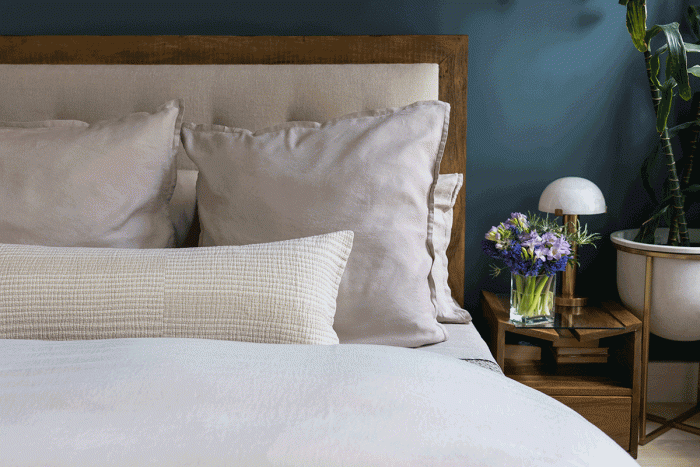
The way we decorate our spaces can have a profound impact on our mood, well-being, and even our productivity. A well-designed environment can create a sense of calm and comfort, while a cluttered or chaotic space can contribute to feelings of stress and overwhelm.
Understanding the psychological impact of decoration can help us create spaces that support our mental and emotional health.
The Influence of Color Palettes and Design Elements
Color palettes and design elements can evoke specific emotions and influence our behavior. For example, warm colors like red and orange are often associated with energy and excitement, while cool colors like blue and green are linked to feelings of peace and tranquility.
The use of natural elements like wood and plants can bring a sense of grounding and connection to nature, while geometric patterns can create a sense of order and structure.
- Warm Colors:Red, orange, and yellow are associated with energy, excitement, and warmth. They can stimulate appetite and conversation, making them ideal for dining rooms and kitchens. However, overuse of these colors can be overwhelming and lead to feelings of anxiety.
- Cool Colors:Blue, green, and purple are associated with calmness, peace, and relaxation. They can be soothing and create a sense of serenity, making them suitable for bedrooms and bathrooms. However, too much blue can create a sense of coldness and isolation.
- Neutral Colors:White, gray, and beige are versatile and create a sense of cleanness and simplicity. They can be used as a backdrop for bolder colors or to create a minimalist aesthetic. However, too much neutral color can feel sterile and lackluster.
“Our homes are our sanctuaries, and the way we decorate them reflects our personalities and values. By creating spaces that are both beautiful and functional, we can cultivate a sense of well-being and create a haven for ourselves and our loved ones.”
Sustainable Decorating Practices

Decorating our homes is a deeply personal and expressive act, but it’s also important to consider the environmental impact of our choices. Frequent redecoration can contribute to a significant amount of waste, and the production of new decor items often involves unsustainable practices.
Thankfully, there are many ways to decorate sustainably and create a beautiful and eco-conscious home.
Environmental Impact of Frequent Redecoration, How often should you decorate
Frequent redecoration can contribute to environmental problems in several ways:
- Waste Generation:Replacing decor items frequently leads to a large amount of waste ending up in landfills, where it can take hundreds of years to decompose.
- Resource Depletion:The production of new decor items requires the extraction of natural resources, such as wood, minerals, and fossil fuels, which can have a negative impact on ecosystems and biodiversity.
- Carbon Emissions:The manufacturing, transportation, and disposal of decor items all contribute to greenhouse gas emissions, exacerbating climate change.
The Art of Gradual Updates
Refreshing your home’s decor doesn’t always require a complete overhaul. Gradual updates can breathe new life into your space without breaking the bank or causing major disruptions. This approach allows you to experiment with different styles and trends, making your home feel fresh and inviting over time.
Making Small Changes with Big Impact
Small changes can have a dramatic effect on the overall look and feel of a room. By focusing on strategic updates, you can achieve a significant transformation without major renovations. Here are some ideas for small changes that can make a big impact:
- Rearranging furniture:Shifting furniture pieces can completely alter the flow and dynamics of a room. Try moving a sofa to a different wall, or placing a statement chair in a corner to create a focal point.
- Adding new accessories:Accessories like throw pillows, blankets, artwork, and decorative objects can instantly update the look of a room. Choose pieces that complement your existing decor or introduce a new element of style.
- Updating lighting:Changing light fixtures or adding lamps can significantly impact the ambiance of a space. Consider swapping out old fixtures for modern ones, or adding a table lamp to create a cozy reading nook.
- Painting an accent wall:A single accent wall can transform a room, adding a pop of color or a unique focal point. Choose a color that complements your existing decor or creates a bold contrast.
Incorporating Seasonal Elements
Seasonal elements can add a fresh and inviting touch to your home without requiring major changes. This approach allows you to embrace the changing seasons and create a dynamic space that reflects the current time of year.
- Floral arrangements:Fresh flowers are a classic way to brighten up a space and bring in the beauty of the season. Choose flowers that are in bloom during the current season, or opt for dried or silk arrangements for a more lasting display.
- Seasonal textiles:Swap out throw blankets and pillows for seasonal fabrics. For example, use lighter fabrics like linen or cotton in the summer, and cozy textures like wool or fleece in the winter.
- Seasonal artwork:Incorporate artwork that reflects the current season. For example, you might display paintings of blooming flowers in the spring or landscapes with falling leaves in the fall.
- Seasonal scents:Use candles, diffusers, or essential oils to create a seasonal ambiance. For example, you might use citrus scents in the summer or cinnamon and pine in the winter.
Types of Updates and Their Impact on Decoration Frequency
The type of update you choose can influence how often you need to refresh your decor. Here’s a table that Artikels different types of updates and their corresponding impact on decoration frequency:
| Type of Update | Impact on Decoration Frequency |
|---|---|
| Small accessories (pillows, throws, artwork) | High
|
| Furniture arrangement | Medium
|
| Paint color | Low
|
| Major renovations (kitchen remodel, bathroom update) | Very Low
|
Clarifying Questions
How can I find inspiration for decorating my home?
Inspiration for home decor can be found everywhere! Explore magazines, websites, social media platforms, and even visit home decor stores or model homes. Don’t be afraid to experiment with different styles and trends to find what resonates with you.
What are some budget-friendly decorating ideas?
There are plenty of ways to decorate your home without breaking the bank. Consider thrifting, repurposing old items, using DIY techniques, and incorporating natural elements like plants and flowers. You can also focus on making small, impactful changes like rearranging furniture or adding new accessories.
How do I know if I should hire a professional decorator?
If you’re unsure about your design skills or have a complex project in mind, hiring a professional decorator can be a great option. They can provide expert advice, create a cohesive design plan, and handle the logistics of the project.
However, if you’re comfortable with DIY and have a clear vision, you can save money by decorating your home yourself.

